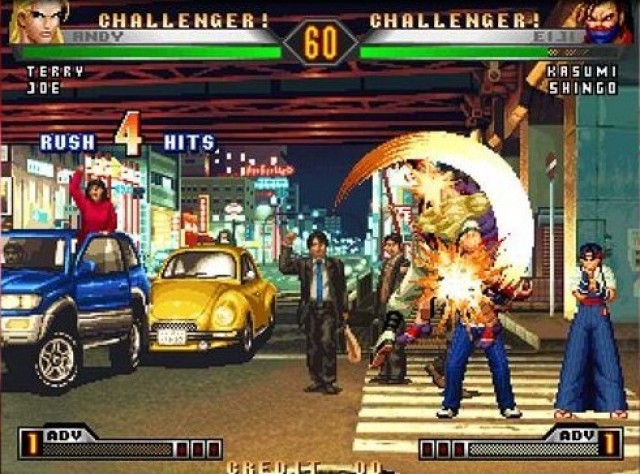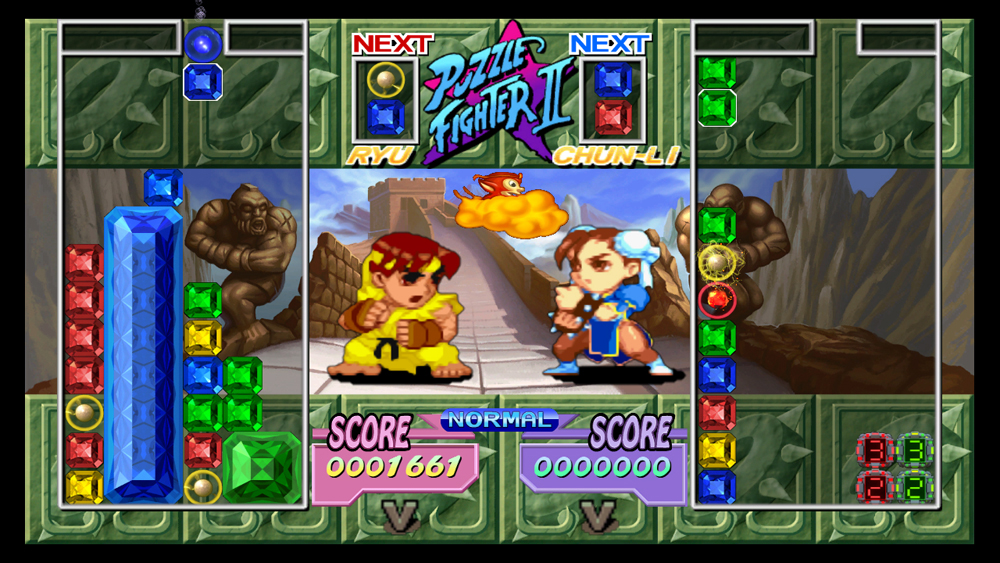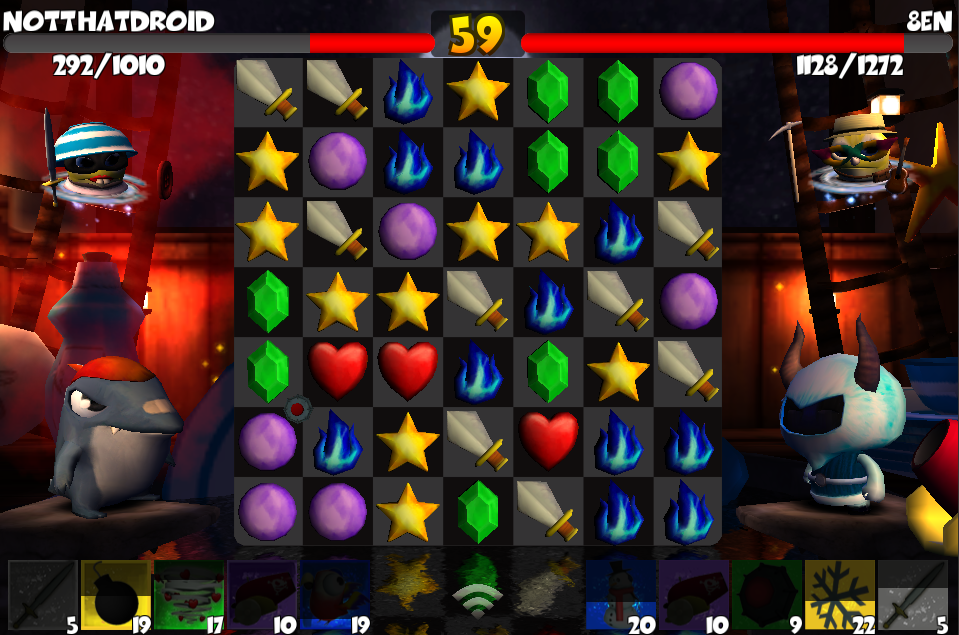Last updated on April 17, 2014
Listen to counsel and accept discipline, That you may be wise the rest of your days. Many plans are in a man’s heart, but the counsel of the Lord will stand.
Proverbs 19:20-21
Since Candy Crush Saga basically conquered the “match three” game market, you can imagine just about everyone and their mother wants a piece of that multi-billion dollar pie. Most of these imitators and originators (I think of Bejeweled first, quite honestly) arose straight from the genre we used to know as the “puzzle” game. Remember Tetris? Everything after that just takes a variation off the original tile-matching puzzle game. It’s not hard to make one, of course, but it’s certainly hard to make a good one – and by good, I mean “not derivative”.
For, you see, there’s the easy inclination to merely copy some other entry in this wide genre while adding a new aesthetic to it. Puzzle games need novelty and innovation to survive, as with most any kind of game, but I find you can detect much faster the difference between “exciting, interesting mechanic” and “stupid gimmick”. One flows well within the puzzle game’s flow and constant adaptation, especially when they demand real-time decision-making, and slight changes can throw the whole pace off-kilter almost immediately. Add too many elements and the whole edifice crumbles underneath the weight of multi-tasking hell.
In that regard, I am currently on the fence when it comes to Ember Strike: The Battle for Willow Lane (or Little Legends, you tell me). According to the developers at Reentry Games, you should think of it as a cross between match three and Street Fighter, a most interesting comparison when you think of how that was already done in Super Puzzle Fighter II Turbo! Still, Ember Strike distinguishes itself quite a bit.
First, unlike most compeitive puzzle games, both players actively match their tiles on the same board. This means every moment feels like a constant race toward matches, and you honestly don’t get much time to think. Act and match before the other person! This makes the game incredibly tense as you both strive to obtain the most matches possible. Frankly, I don’t think that I have seen myself scrambling to match three more quickly; matching four and five also count, which adds a further element to the mix.
Unlike in its predecessors, however, you don’t merely make matches to make life more miserable for your enemy. Instead, Ember Strike desires to give the player more “control” in their multiplayer matches. Both characters have a life bar, and running out of health will end the game. You can only attack the other player using special abilities activated by how many matches you earn. Larger matches (fours and fives) earn you double and triple the resources, respectively.
Each character has a number of different abilities with different effects, and you can activate each one if you match certain colors together. For example, matching swords together will, more often than not, give you a sword attack that does a moderate amount of damage. Yellow earns you a smoke bomb which obscures the other player’s screen, while purple earns you a cannon shooting minigame that lets you do a lot of damage. The characters also retain their own individual “ultimate” attacks that often turn the tide of a match. Playing more earns you more options with which to supplement your ideal tactical load out. That adds some additional strategy: which tiles do I go for first? Which ones does my opponent want the most? Tough decisions arise, but that’s the mark of a good competitive experience.
So far, so good, right? Absolutely! The problem comes less in the concept than in the execution. Frankly, learning this game requires some incredibly fast reaction and decision times for this particular genre. You must constantly move, do something, observe, weigh all the possibilities, somehow figure out when you’ve match enough to actually use your abilities, know when they’re active, use them at the right times, and also play the game at the same time. At the very least, I can imagine a rather high learning curve right from the outset. Then again, that’s similar to the fighting games they obviously emulated in the creation of this product.

On the other hand, there’s the balance between the number of things a player can do at once, and whether those additional task add something to the experience. There’s a notable problem with information processing here: I honestly could not tell, without a reasonable degree of mental concentration, whether or not my special abilities are active. That’s a pretty big problem, considering that this is the only way to win. You need to take your focus away from the center of the screen, where your opponent still chugs away at the tiles, and look at the lower left/right hand corners to see which ones are active, and which one you want to use. Clearly, that isn’t an optimal situation. While I imagine that may be an intentional way to force players to make a decisions, you could play all day without any clear indication that your abilities are available at all.
That sounds like a relatively minor complaint overall. The art style is perfectly cute and servicable, the soundtrack actually pumps you up for an epic puzzle battle, and every other elements of the interface clearly tells you what do. There just needs to be some way to indicate to players, without obscuring the main tile sections, what abilities are fully charged. Of course, I could just be complaining because I can’t do it, or that it’s a learned skill, but that could be said of any unintuitive game. The rest of this package, though, obviously wants to appeal to as many different people as possible, making that sort of claim suspect.

Can Ember Strike improve on its inspirations? Maybe. Can it learn from the past? Most definitely yes! Other game in this genre dealt with the problem by not requiring additional moves. Play the game well, and you’d heap burning coals on your foes’ head (not literally!). You could see what moves they would make, and play accordingly. Because they simplified the competitive aspect, they made it a game of watching your opponent’s moves and responding., rather than just racing to kill your opponent.
A few winks and nods to the past later, and I think Ember Strike could really turn out to be something else. Wise council does involve looking to how they did it well, and how we can do it better. As it is, I found it a lot of fun, and you can play it online right now! So do it! But here’s hoping to improvements.

